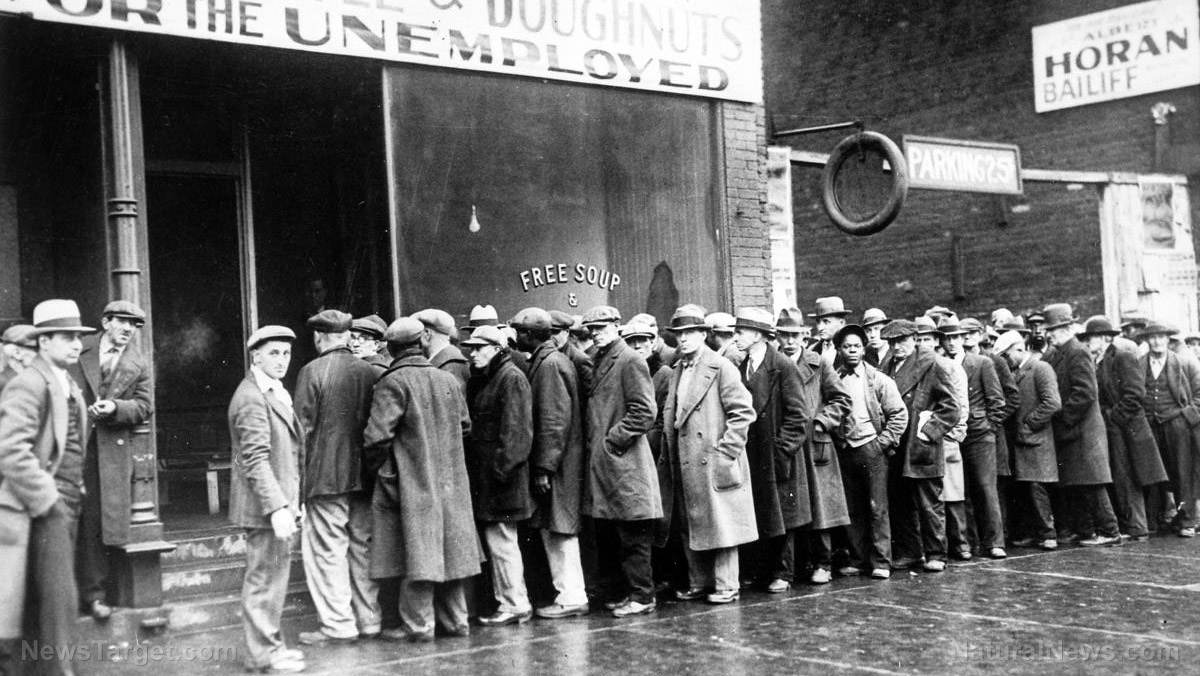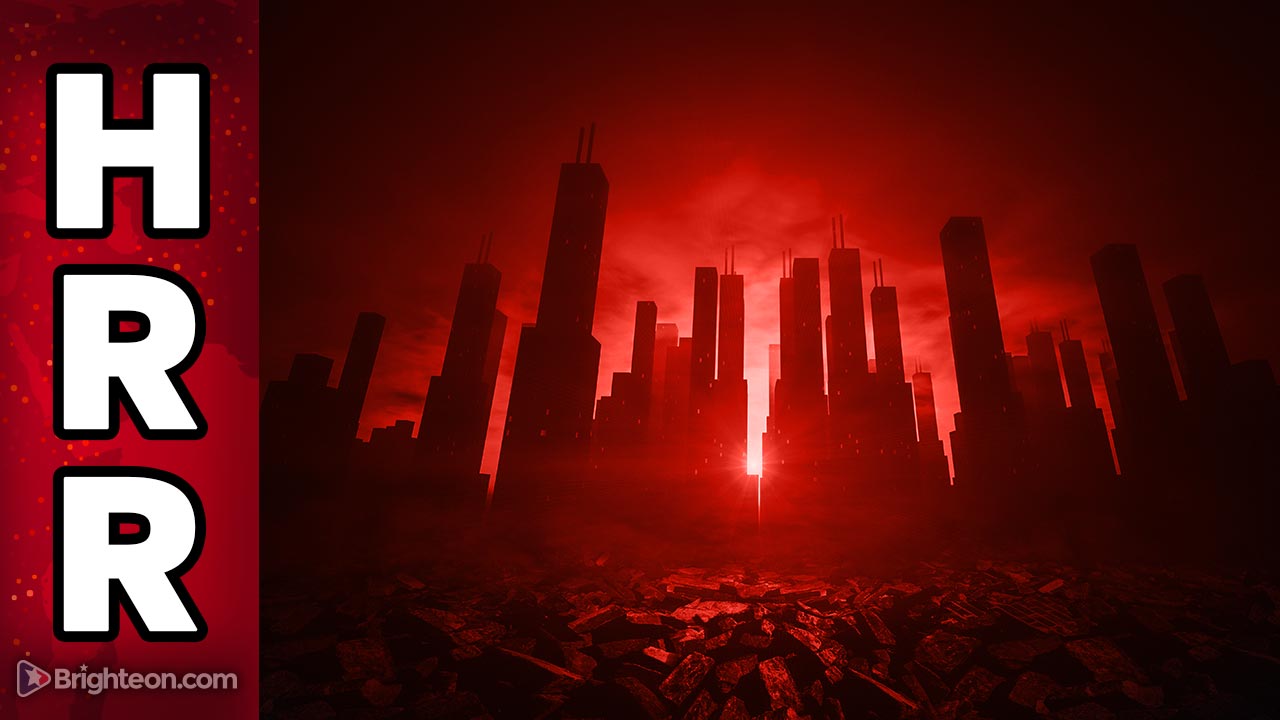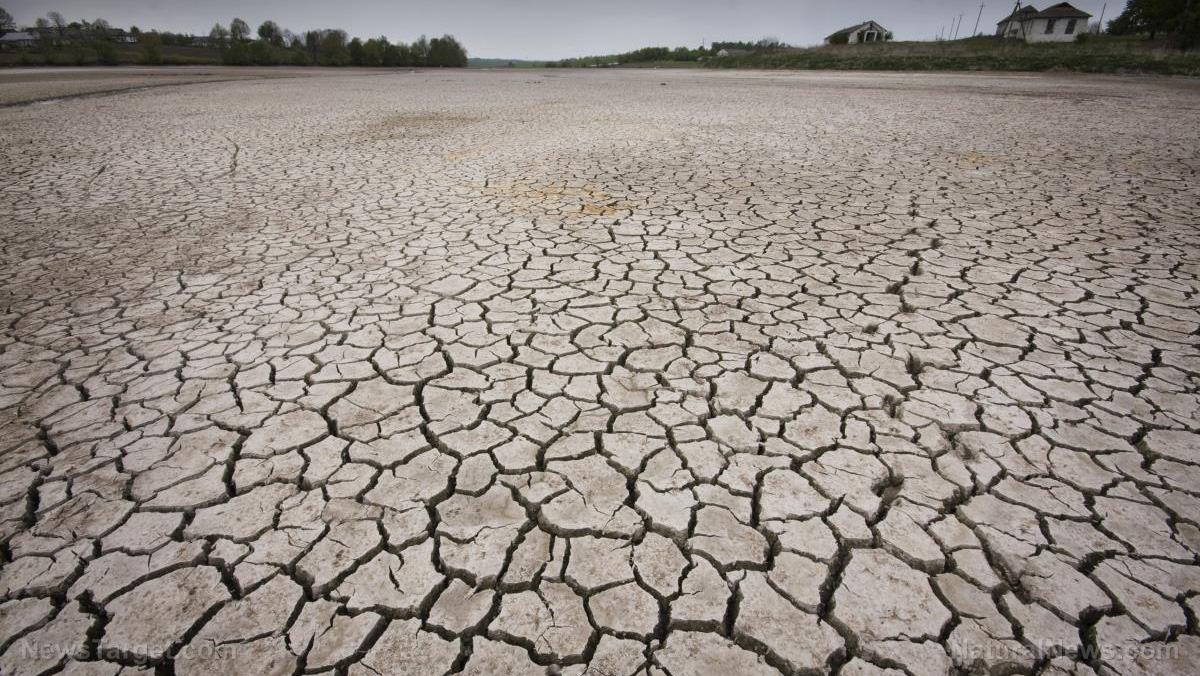Unemployment now at Great Depression levels, food inflation soaring
08/11/2020 / By Ethan Huff

Ever since pretty much all of America shut down back in late February and early March due to fears about the Wuhan coronavirus (COVID-19), tens of millions of Americans have lost their jobs and food prices for everyone have continued to soar.
Rivaling what transpired during the infamous Great Depression, everyday Americans are now finding it increasingly difficult to make ends meet, especially as government welfare packages, including “free money” relief bills, have reached their expiration dates.
Unemployment levels are now said to be at Great Depression levels, and food prices in some areas are off the charts. Since February, meat and poultry prices, for instance, have increased by 11 percent, while beef prices are about 20 percent higher than prior to the plandemic.
Pork prices are about 8.5 percent higher, on average, while eggs cost 10 percent more than they once did. Fresh vegetables and cereal are both up more than four percent, according to the Bureau of Economic Analysis (BEA).
“The pandemic has caused a surge in demand for groceries as millions of Americans stay home and avoid eating out,” noted CNN Business. “While there’s no significant shortage of food, disruptions in the supply chain have created scarcities and driven up prices.”
As we reported, one of these major supply chain disruptions occurred in Canada back in late March, when government officials there declared agriculture to be a “non-essential” service.
Because some farmers were not allowed to harvest food during the peak of the plandemic, much of it apparently rotted on the vine, leaving grocery store shelves bare and shoppers scrambling to store up what they could in anticipation of widespread and prolonged shortages.

The following episode of The Health Ranger Report is worth a watch because it discusses the much bigger problem of a global debt bomb, which will affect all countries, not just the U.S. Be sure to watch below:
Tens of millions of Americans can’t pay their rent
Since that time, grocery store shelves throughout North America have been restocked, but the situation has devolved in other ways. Food prices are rising at the same time that many people are unable to find work, or are simply not allowed to go back to work.
The $600-per-week government unemployment disbursements have ended, with new proposed “relief” bills stalled in a deadlocked Congress. Consequently, tens of millions of Americans are unable to pay their mortgages or rent payments.
“With inflation now around 1% and unemployment at Great Depression levels, the Federal Reserve is set to announce new commitments in September to ramp up inflation back to its 2% target,” reports Zero Hedge.
“If the Fed decides to ramp up inflation, possibly sending food, clothing, energy, and shelter prices higher, a larger portion of people’s incomes, as we’ve explained, a quarter of all household income comes from the government (i.e. direct payments), would be used for survival instead of spending it on things like iPhones, Pelotons, Casper mattresses, and / or Teslas.”
As of late July, some 30 million people living in America did not have enough money or means to put food on the table. This is the highest level of people going hungry since food bank lines began to grow across the country back in April and May.
Because economic recovery continues to be stalled thanks to those pushing endless lockdowns, food bank lines are once again growing, with no end in sight. And with inflation expected to continue increasing, it appears that a downward spiral is pretty much all this country has to look forward to for the foreseeable future.
More related news stories about the cascading effects of the plandemic are available at Pandemic.news.
Sources for this article include:
Submit a correction >>
Tagged Under:
coronavirus, covid-19, economy, food prices, Great Depression, Inflation, lockdowns, unemployment
This article may contain statements that reflect the opinion of the author
RECENT NEWS & ARTICLES
COPYRIGHT © 2017 COLLAPSE.NEWS
All content posted on this site is protected under Free Speech. Collapse.news is not responsible for content written by contributing authors. The information on this site is provided for educational and entertainment purposes only. It is not intended as a substitute for professional advice of any kind. Collapse.news assumes no responsibility for the use or misuse of this material. All trademarks, registered trademarks and service marks mentioned on this site are the property of their respective owners.





















